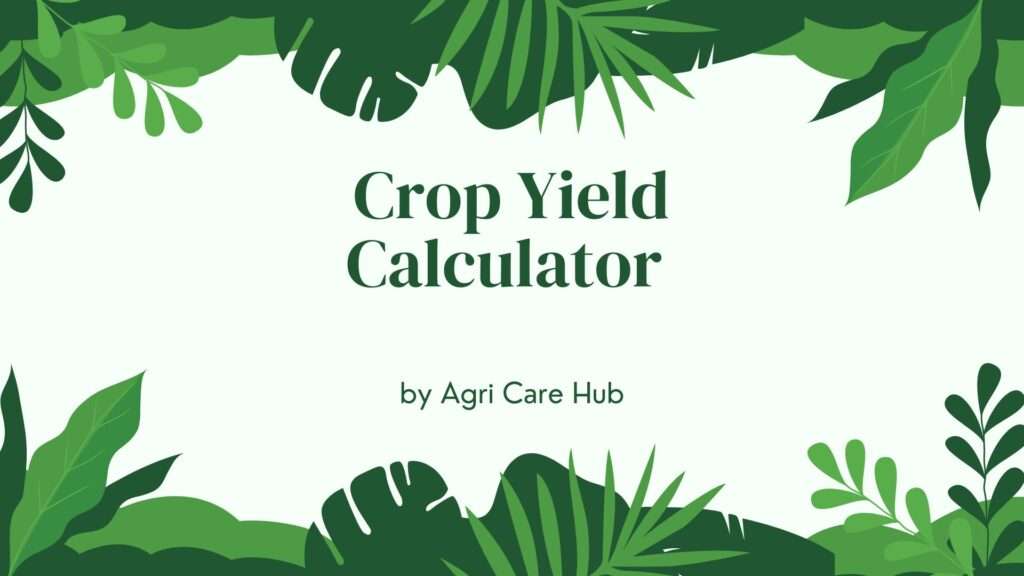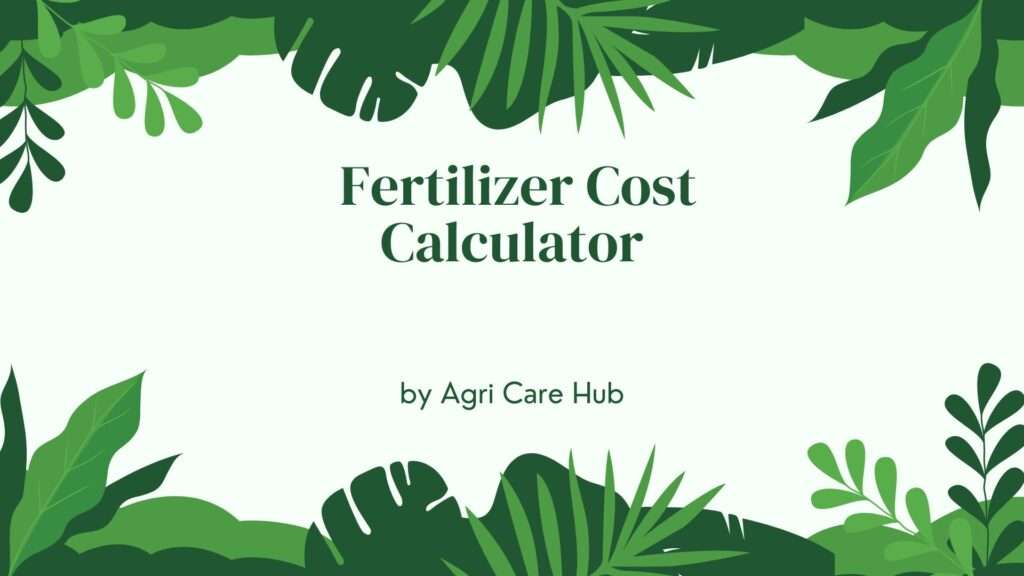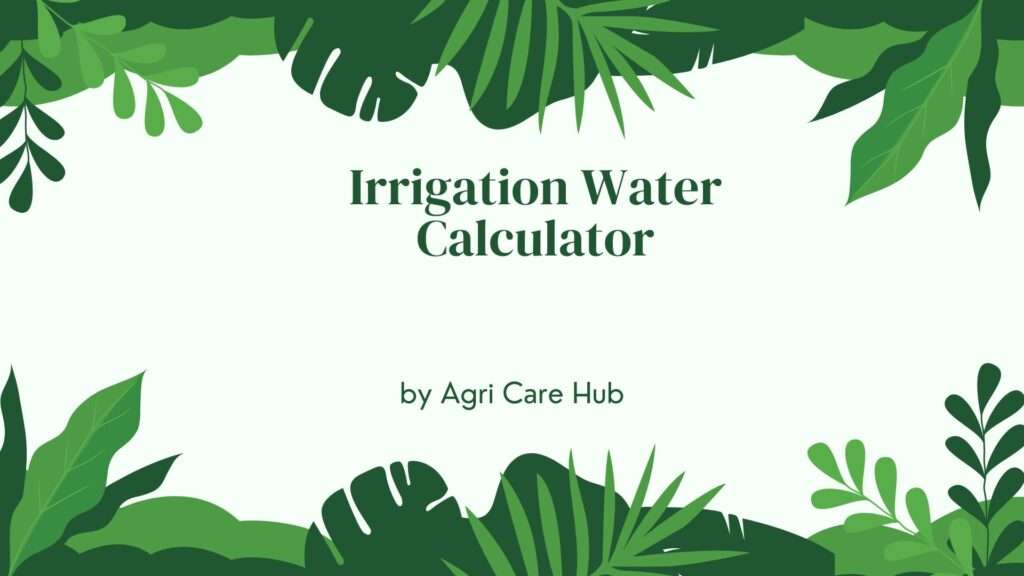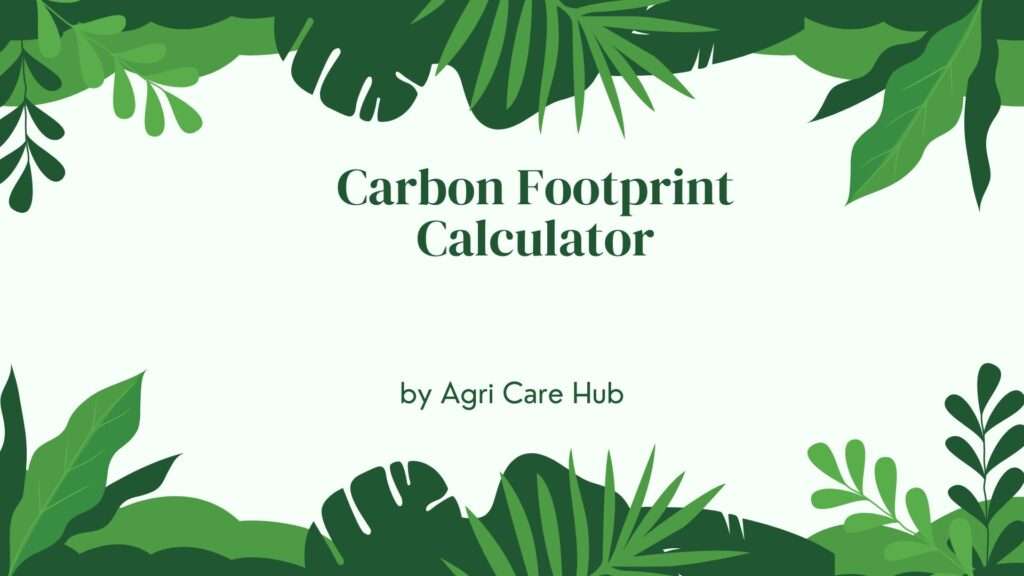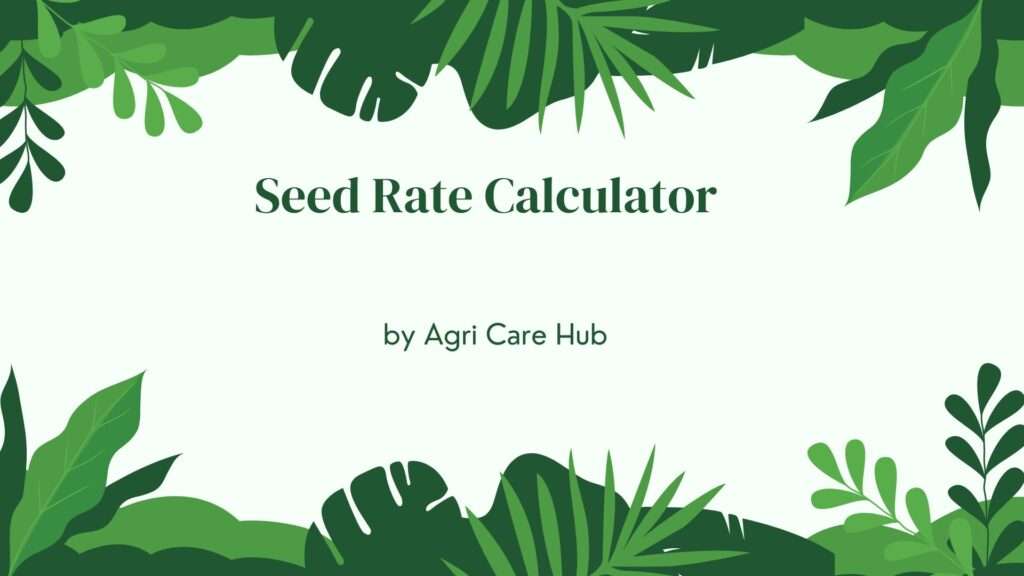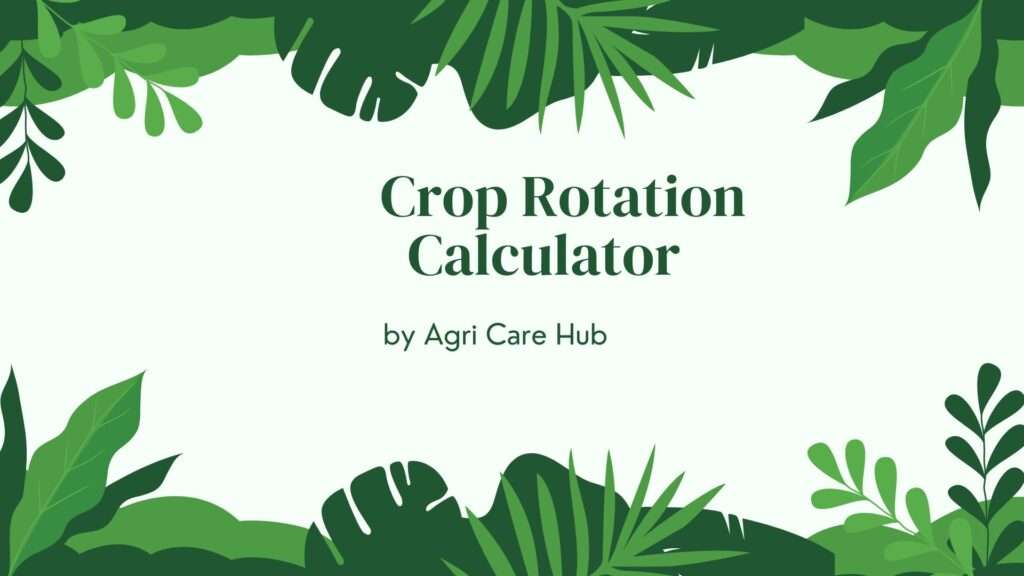Soil Water Retention Calculator
Calculate Soil Water Retention
About the Soil Water Retention Calculator
The Soil Water Retention Calculator is a scientifically designed tool that helps farmers, agronomists, and researchers determine the water retention capacity of soil based on key parameters such as soil type, bulk density, porosity, field capacity, and permanent wilting point. By leveraging established principles of soil science, this calculator provides accurate and reliable results to support effective soil and water management. Learn more about Soil Water Retention to understand the science behind this tool.
Importance of the Soil Water Retention Calculator
Soil water retention is a critical factor in agriculture, horticulture, and environmental management. The ability of soil to retain water affects crop growth, irrigation efficiency, and soil health. This calculator helps users quantify how much water their soil can hold, which is essential for optimizing irrigation schedules, preventing water wastage, and ensuring sustainable farming practices. By understanding soil water retention, farmers can make informed decisions to improve crop yields and conserve water resources. Visit Agri Care Hub for additional resources on sustainable agriculture.
Purpose of the Soil Water Retention Calculator
The primary purpose of this tool is to provide a user-friendly and scientifically accurate method to calculate the available water capacity (AWC) of soil. AWC is the difference between the soil's field capacity (the maximum amount of water the soil can hold after drainage) and the permanent wilting point (the point at which plants can no longer extract water). This information is vital for determining irrigation needs, assessing soil suitability for specific crops, and managing water resources effectively in agricultural settings.
Why You Should Use the Soil Water Retention Calculator
Using the Soil Water Retention Calculator is essential for anyone involved in agriculture or soil management. Here are some key reasons to use this tool:
- Optimize Irrigation: By knowing the water retention capacity of your soil, you can tailor irrigation schedules to avoid over- or under-watering, saving water and improving crop health.
- Enhance Crop Productivity: Understanding soil water retention helps select crops that are best suited to your soil type, leading to better yields.
- Support Sustainable Practices: Efficient water use reduces environmental impact and promotes sustainable farming practices.
- Scientific Accuracy: The calculator uses peer-reviewed formulas, ensuring reliable and trustworthy results.
Whether you are a farmer, researcher, or agricultural consultant, this tool provides valuable insights to improve soil management and crop production.
When to Use the Soil Water Retention Calculator
The Soil Water Retention Calculator is useful in various scenarios, including:
- Planning Irrigation Systems: Use the calculator to determine how much water your soil can hold, helping you design efficient irrigation systems.
- Soil Assessment: Evaluate the water-holding capacity of different soil types to select the best fields for specific crops.
- Research and Education: Researchers and students can use the tool to study soil properties and their impact on water retention.
- Water Conservation: Use the calculator to promote water-efficient practices in agriculture, especially in regions prone to drought.
The calculator is particularly valuable during the planning phase of a growing season, when assessing new land for farming, or when optimizing existing agricultural practices.
User Guidelines for the Soil Water Retention Calculator
To ensure accurate results when using the Soil Water Retention Calculator, follow these guidelines:
- Select Soil Type: Choose the appropriate soil type (sand, loam, clay, or silt) based on your soil's characteristics. If unsure, conduct a soil texture test or consult a soil expert.
- Input Bulk Density: Enter the bulk density of your soil in g/cm³. Typical values range from 0.5 to 2.0 g/cm³, depending on soil type.
- Provide Porosity: Enter the porosity percentage, which represents the volume of pore spaces in the soil. This is usually between 30% and 60%.
- Enter Field Capacity: Input the field capacity percentage, which is the amount of water the soil can hold after drainage. Common values range from 10% to 40%.
- Specify Permanent Wilting Point: Enter the permanent wilting point percentage, typically between 5% and 20%, depending on soil type.
- Calculate and Interpret Results: Click the "Calculate" button to obtain the available water capacity (AWC) in mm/m. Use this value to guide irrigation and soil management decisions.
For best results, ensure all inputs are based on accurate measurements or reliable soil tests. If you need assistance with soil testing, Agri Care Hub offers resources and guidance for farmers and researchers.
Scientific Basis of the Soil Water Retention Calculator
The Soil Water Retention Calculator is grounded in established soil science principles, particularly the concept of available water capacity (AWC). AWC is calculated as the difference between field capacity and the permanent wilting point, adjusted for soil depth and expressed in millimeters of water per meter of soil (mm/m). The formula used is:
AWC = (Field Capacity - Permanent Wilting Point) × Soil Depth
In this calculator, we assume a standard soil depth of 1 meter for simplicity, but users can adjust results for different depths if needed. The calculator also accounts for soil type, bulk density, and porosity, which influence water retention characteristics. These parameters are based on peer-reviewed studies and standard soil science methodologies, ensuring the tool's accuracy and reliability. For a deeper understanding, explore the principles of Soil Water Retention on Wikipedia.
Benefits of Understanding Soil Water Retention
Understanding soil water retention has far-reaching benefits for agriculture and environmental management:
- Improved Crop Selection: Knowing your soil's water-holding capacity helps you choose crops that thrive in your soil conditions.
- Efficient Resource Use: By optimizing water use, you reduce costs and conserve resources, contributing to sustainable agriculture.
- Enhanced Soil Health: Proper water management prevents soil degradation, such as erosion or compaction, maintaining long-term soil fertility.
- Climate Resilience: In areas prone to drought or heavy rainfall, understanding soil water retention helps mitigate risks and adapt to changing conditions.
By using the Soil Water Retention Calculator, you gain actionable insights that support both productivity and sustainability.
Limitations and Considerations
While the Soil Water Retention Calculator is a powerful tool, it has some limitations:
- Input Accuracy: The accuracy of the results depends on the quality of the input data. Ensure that parameters like bulk density and field capacity are based on reliable measurements.
- Simplified Assumptions: The calculator assumes a uniform soil depth of 1 meter and does not account for complex soil profiles or external factors like rainfall or evaporation.
- Soil Variability: Soil properties can vary significantly within a single field. For precise results, consider testing multiple locations and averaging the values.
Despite these limitations, the calculator provides a robust starting point for understanding soil water retention and making informed agricultural decisions.
Conclusion
The Soil Water Retention Calculator is an essential tool for anyone involved in agriculture, horticulture, or soil science. By providing accurate and scientifically grounded calculations, it empowers users to optimize irrigation, enhance crop productivity, and promote sustainable practices. Whether you're a farmer planning your next planting season or a researcher studying soil properties, this tool offers valuable insights to support your goals. For more resources on sustainable agriculture, visit Agri Care Hub and explore the science of Soil Water Retention.

